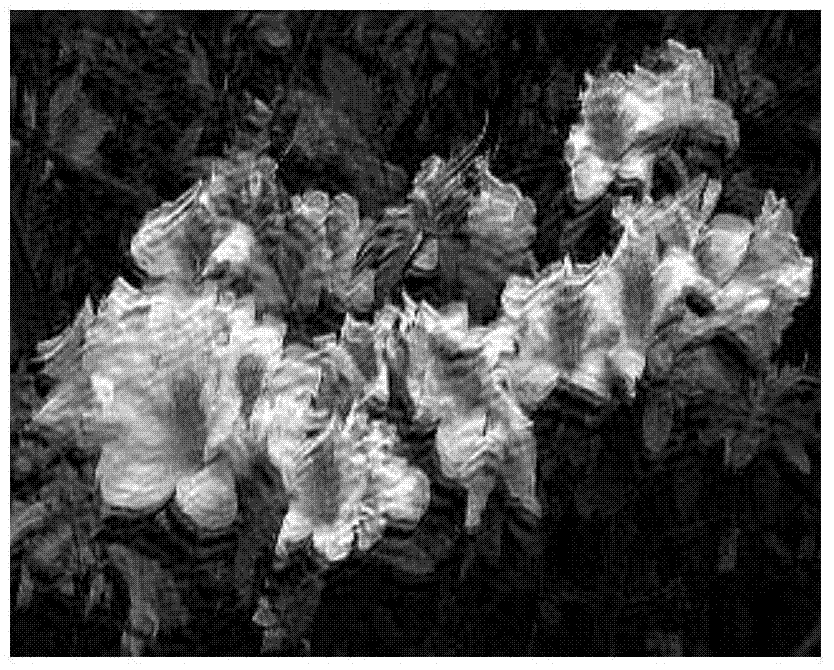A No-Reference Comprehensive Quality Assessment Method for Blurred Restoration Images Based on Normalized Ringing Weighting
An image synthesis and quality assessment technology, applied in image enhancement, image analysis, image data processing, etc., can solve the problems of blurred restoration image quality assessment, and achieve the effect of accurate assessment structure
- Summary
- Abstract
- Description
- Claims
- Application Information
AI Technical Summary
Problems solved by technology
Method used
Image
Examples
specific Embodiment approach 1
[0037] Specific implementation mode one: combine figure 1 A non-reference fuzzy restoration image comprehensive quality assessment method based on normalized ringing weighting in this embodiment is specifically prepared according to the following steps:
[0038] The present invention is a blurred image restoration image quality evaluation method, which can be used for the restoration image quality evaluation work of a single blurred image, and can also be used for real-time video processing to perform more effective restoration of blurred and degraded videos;
[0039] Step 1: Use a typical image restoration algorithm to restore the grayscale blurred image F(i, j) to obtain a restored image I; as shown in Figure 2(a) and Figure 2(b), Figure 3(a) and Figure 3( b), Fig. 4(a) and Fig. 4(b) are blurred image and fuzzy restoration image respectively; Wherein, F(i, j) is the i-th row and the j-th column pixel value in the grayscale fuzzy image;
[0040] Step 2: Perform secondary blu...
specific Embodiment approach 2
[0069] Embodiment 2: This embodiment differs from Embodiment 1 in that: the typical image restoration algorithm in step 1 is Tihonov regularization algorithm or full variation regularization algorithm. Other steps and parameters are the same as those in Embodiment 1.
specific Embodiment approach 3
[0070] Specific embodiment three: the difference between this embodiment and specific embodiment one or two is: the secondary fuzzy processing process in step 2 is I and G blur Perform convolution to obtain the reference image I r , the specific calculation formula is:
[0071]
[0072] in, I(i, j) is the pixel value of row i and column j in the restored image I; r (i, j) is the reference image I r In row i, the pixel value of column j; i=1,...,M, j=1,...,N; M are respectively the total number of rows of the gray-scale blurred image F, the total number of rows of the restored image I, and the reference image I r The total number of rows, the gradient image g I The total number of rows of the binarized image B or the gradient image g Ir the total number of rows;
[0073] N are the total number of columns of the grayscale blurred image F, the total number of columns of the restored image I, and the reference image I r The total number of columns, the gradient image g ...
PUM
 Login to View More
Login to View More Abstract
Description
Claims
Application Information
 Login to View More
Login to View More - R&D
- Intellectual Property
- Life Sciences
- Materials
- Tech Scout
- Unparalleled Data Quality
- Higher Quality Content
- 60% Fewer Hallucinations
Browse by: Latest US Patents, China's latest patents, Technical Efficacy Thesaurus, Application Domain, Technology Topic, Popular Technical Reports.
© 2025 PatSnap. All rights reserved.Legal|Privacy policy|Modern Slavery Act Transparency Statement|Sitemap|About US| Contact US: help@patsnap.com



